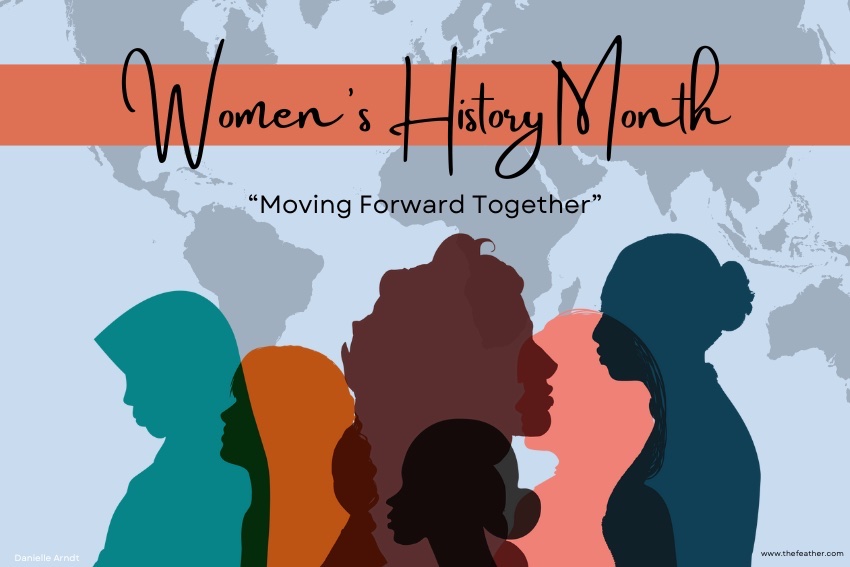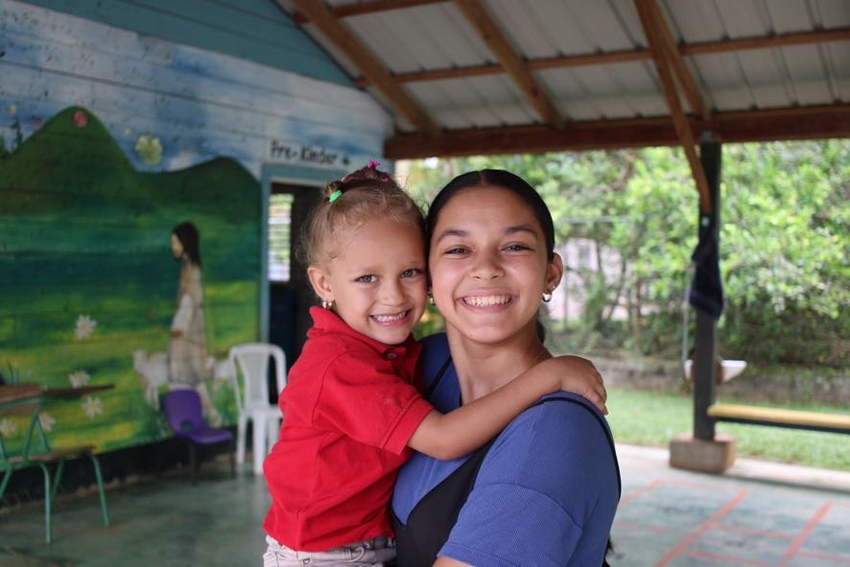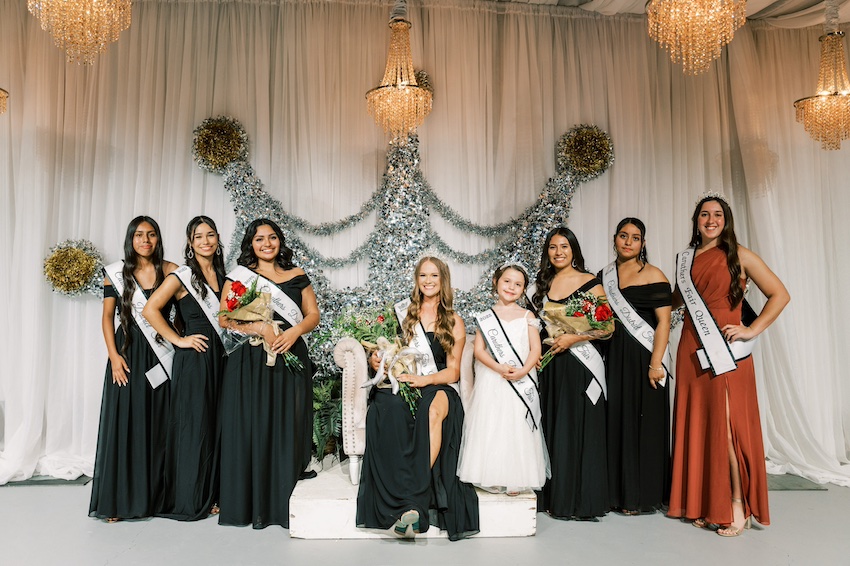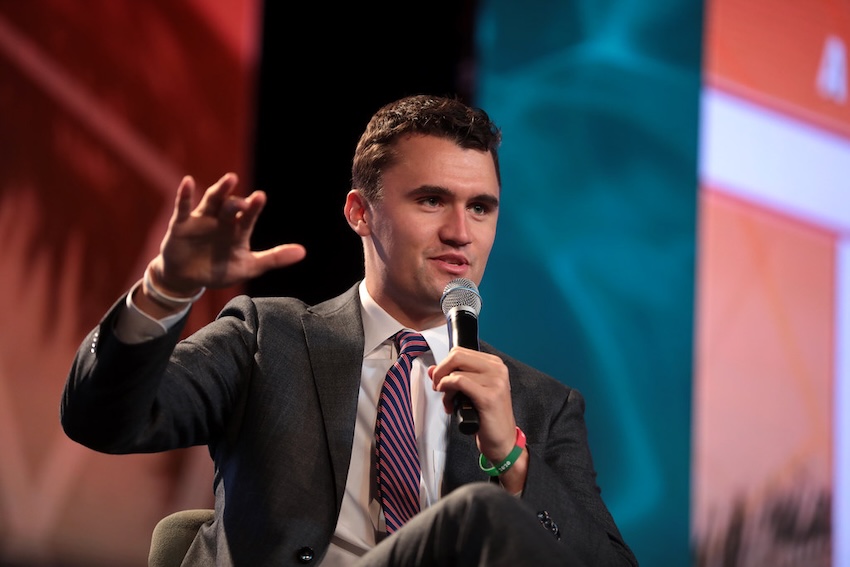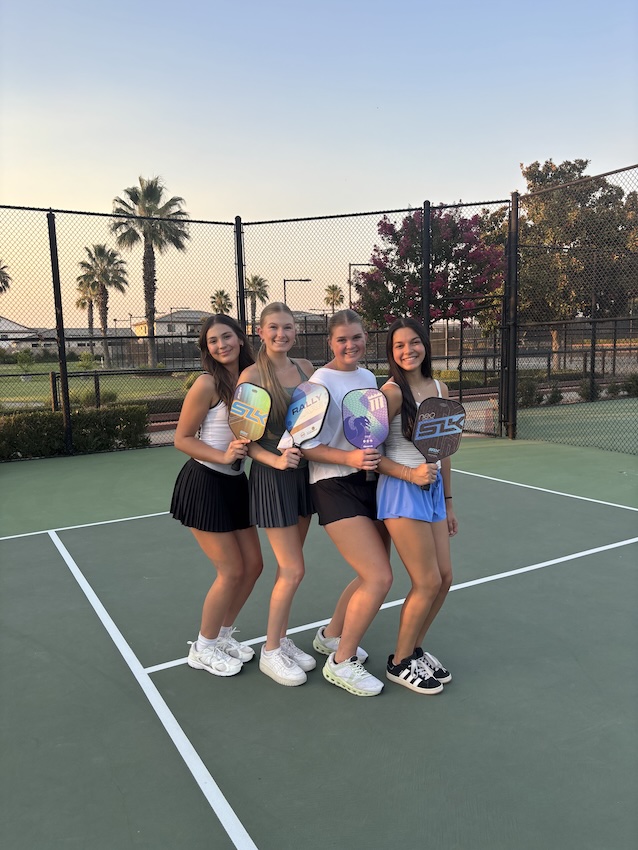The month of March marks the celebration of Women’s History Month. Beginning as a local gathering in Santa Rosa, California, an Education Task Force enacted “Women’s History Week” in 1978. The organization selected the week of March 8 to correlate with International Women’s Day.
In 1987, Congress passed Pub. L.100-9 designating March as “Women’s History Month.” This year’s theme is “Moving Forward Together” and honoring “Women Educating and Inspiring Generations.” This theme celebrates the strength, equality and influence of women who dedicated their lives to shaping the future generations.
The Feather highlights female leaders throughout history and different fields: politics, STEM and entertainment. The women we highlight, Katherine Johnson, Ella Fitzgerald and Princess Diana, overcame challenges in their lives while improving society worldwide.
Women in Politics
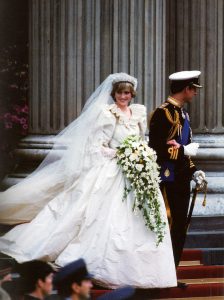
Princess Diana advocated for outcasts, minorites, and the marginalized. She defended unwanted groups, such as those affected by HIV/AIDs, while also serving the homeless and disabled. Her beloved life was cut short suddenly by a car crash in Paris, France, August 31, 1997.
Her royal life began with her wedding to now-King Charles III in 1981. During their marriage, she had two sons, Prince William and Prince Henry (Harry), and lived in the public eye more than anyone of her time. Behind the scenes, the young princess struggled with an unhappy marriage and the pressures of her social life. Despite the divorce between her and Charles in 1996, Diana retained her title as Princess of Wales. The late Queen Elizabeth II and the royal family broke tradition by arranging an internationally televised funeral at Westminster Abbey in London, giving the former princess an honorable goodbye, September 1997.
While she was married, her advocacy reached many different communities. Much of her charitable work was for children, disabled individuals, the homeless, and people living with HIV and AIDS.
Because of her compassion, humility and personal warmth, she was designated “the People’s Princess.” Diana challenged the public’s misinterpretation of AIDs, which was thought to be passed by touch and by shaking hands with a patient affected by the disease. By doing this, the princess lifted much of the stigma of the disease showing compassion and understanding, rather than fear or ignorance.
She dedicated her life to humanitarian work, strongly advocating for the banning of landmines in countries such as Nepal, Zimbabwe, and Angola. Throughout her short but impactful life, Diana, Princess of Wales, consistently strived to make the world she lived in better and used her position to make changes for the most vulnerable people.
Office Manager and Fresno Christian parent, Silva Emerian, views the late princess as an example of grace and compassion. As a mother herself, Emerian recognizes that Princess Diana’s caring and supportive nature both to her children and to others stands as a model for not only women but all people around the world.
“Her charity work and outreach connected her to the people, and they came to respect her for that. Especially her work with AIDS victims,” Emerian said. “That was a big deal in the ‘80s. She humanized them, genuinely caring for them. There was a real fear around that back then. We didn’t know anything, and people were dying. But the fact that she was willing to just be so human. That made it less scary and just reminded us that these are people and we need to care for them.”
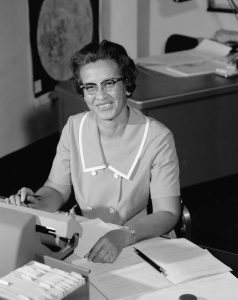
Women in STEM
Katherine Goble Johnson worked as a NASA mathematician, helping the agency send astronauts to the moon and return them safely back home. During her journey through NASA, she overcame gender and racial hurdles placed by her peers and employers.
As a young girl, math came easily to Johnson, yet she still worked hard to master algebra and geometry. She began high school at the age of 10, starting college at 15 and graduating with honors at 18. In 1952, Johnson learned about jobs for Black women at the Langley laboratory at the National Advisory Committee for Aeronautics, later becoming NASA. She and others worked as “human computers,” figuring out the difficult calculations needed for spaceflight. Her story is documented in the 2016 film “Hidden Figures.”
Johnson did the trajectory analysis for the mission Freedom 7 in May 1961, America’s first human spaceflight. She and Ted Skopinski co-authored the report Determination of Azimuth Angle at Burnout for Placing a Satellite Over a Selected Earth Position, outlining the equations describing an orbital spaceflight for the landing position.
In 1962, as NASA prepared to send the orbital mission of John Glenn, Johnson was called to confirm the trajectory for Glenn’s capsule. Because of Johnson’s work, the spaceflight proved a success and remains Johnson’s most famous action.
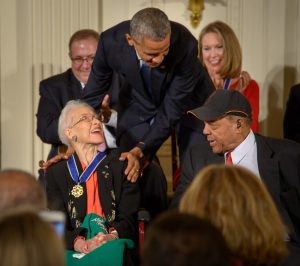
Johnson would spend the next years helping NASA launch more shuttles into space through her calculations and co-authoring 26 research reports. In 1986, Johnson retired after 33 years at Langley, and at 97 years old, President Barack Obama awarded her the Presidential Medal of Freedom in 2015. Her brilliant legacy is etched in NASA’s past; she will be remembered as an American hero.
Co-Advisor of the FC math department, Kristina Breshears, shows the movie “Hidden Figures” in her classes annually, which showcases Johnson’s story. Breshears understands the struggles females face in the STEM departments as she herself was discouraged during her pursuit of a math degree, yet she found encouragement in Johnson’s legacy.
“I love that Kathrine’s story showcases girls being awesome in a field that discounts their talents,” Breshears said. “Without that movie, these women who were doing amazing things for our country were going without the recognition they deserved. I loved both of those aspects of the movie and wanted to highlight it, showing my students that the sky’s the limit.”
Women in Entertainment
Ella Fitzgerald, the most famous female jazz singer for decades, left her legacy in entertainment as the “The First Lady of Song.” She was a revolutionary singer, winning 13 Grammy awards and selling 40 million albums in her lifetime.
Fitzgerald was originally born in Virginia, yet after her parents separated a few years later, her mother and her partner, Joseph da Silva, moved to New York. Fitzgerald was a good student when she was young, but when her mother and da Silva passed away, her life changed. After being sent to an abusive reform school, Fitzgerald escaped to sing and perform in the streets of Harlem to make ends meet during the Great Depression.
In 1935, Fitzgerald received the chance of a lifetime to sing with the Tiny Bradshaw Band. At 21, she recorded her famous hits “A-Tisket, A-Tasket” and “Love and Kisses.” Fitzgerald gained recognition in the world of jazz with her unique style and scat singing. Her recording of “Flying Home” is one of the most influential jazz recordings of the decade and gained much fame from her renditions of famous jazz songs. Her growing popularity led her to appear on television shows such as “The Bing Crosby Show,” “The Frank Sinatra Show” and “The Ed Sullivan Show.”
While touring, Fitzgerald faced racial discrimination. Her manager, Norman Granz, attempted to protect his colleagues from discrimination, yet that did not stop it from happening. At one show, police barged into the dressing room and arrested Fitzgerald and two others for Granz’s civil rights advocacy. She had celebrity supporters, such as Marilyn Monroe, who booked venues for her, ensuring that Fitzgerald could sing.
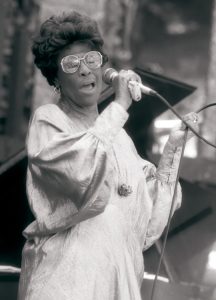
In 1974, Fitzgerald performed with Frank Sinatra and Count Basie in New York, and then she was inducted into the Downbeat Magazine Hall of Fame in 1979. Aside from her revolutionary music career, Fitzgerald was an advocate for child welfare and often donated to help disadvantaged children. President Ronald Reagan awarded Fitzgerald the National Medal of Arts in 1987. Throughout her career, Fitzgerald recorded 2,000 songs and won dozens of music awards, along with two national awards.
Junior K’Lanna McArn grew up listening to Fitzgerald and has looked up to her as a musical influence. McArn is an avid musician, singing in Fresno Christian’s audition-only Chamber Choir and leading worship at People’s Church youth group, so she finds encouragement in Fitzgerald’s musical journey.
“In this world, but specifically during that time period, it was viewed as if women could not accomplish as much as men could, so Ella Fitzgerald is inspirational for women in general, not just African American women,” McArn said. “Artists in industries including music, poetry and literature shape society, so the fact that she accomplished so much gives a little girl the hope that, yes, I can do that too. I can have the bravery and boldness to claim my own identity like Ella Fitzgerald did.”
The impact of women throughout history pave the way for future generations of women. The Feather celebrates these influential women in STEM, entertainment and politics. The strength and determination of Katherine Johnson, Ella Fitzgerald and Princess Diana of Wales continue to inspire young girls all around the world.
To learn more about Women’s History Month and inspirational women, visit the Women’s History Month and the National Women’s History Museum.
To read more from The Feather, visit Student athletes meet mounting pressure and Column: Caleb Eldridge emphasizes the foundational skill of leading with courage.




